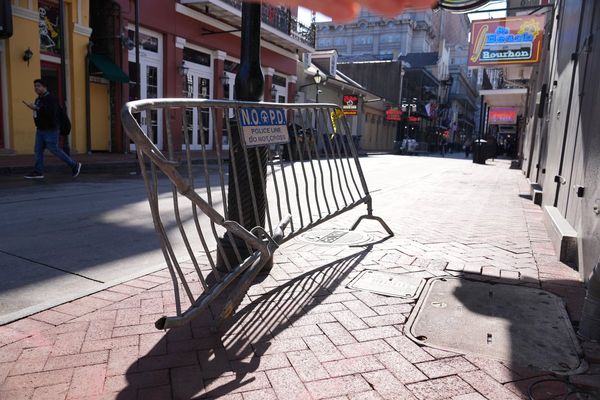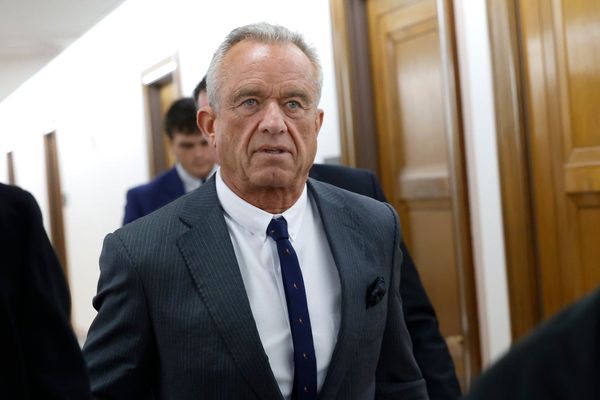
In a surprise announcement, Keir Starmer told Labour party conference that his government would end homelessness for veterans. “Homes will be there for heroes,” the prime minister said.
Labour has promised to build 1.5 million new homes as part of its manifesto. In his speech, Starmer also said that care leavers and victims of domestic abuse will have a “guaranteed roof over their head”.
I’ve been involved in research about veteran homelessness for ten years. While Starmer’s promise is welcome, it will be hard to achieve. Government data reported that there were 2,110 homeless families with an armed forces veteran in England in 2022-23, a 14% increase from the previous year.
But that figure is likely to underestimate overall levels of housing insecurity among veterans. Many people who leave military service could be considered “hidden homeless”, particularly female veterans who are unlikely to engage with formal services and young service leavers who easily slip through the cracks of existing provision.
Those who have been lucky enough to find the right service at the right time may live in veteran-specific housing, including supported accommodation. Others may have found help through Operation Fortitude. This government-run referral scheme for veterans at risk of homelessness has housed over 400 people since it began in September 2023. But these services aren’t enough to ensure stable and secure housing for all veterans.
The scale of the housing crisis has widened the gap between military and civilian life. Service leavers now need to save more and for longer than they did in the past to have any hope of closing the gap between their entitlements in military accommodation and the cost and availability of civilian housing.
While in the military, service members’ accommodation is deeply subsidised. Today, a service family with two children could be entitled to a three-bedroom house, paying around £320 a month. For single personnel, it could be as little as £106 per month. In 2013 (the most recent available data), most personnel paid less than 12% of their salary for accommodation charges. The civilian population at the time paid between 20% and 40% for housing.
However, many service members do not consider what they might do once that support ends. The people most vulnerable to homelessness after military service are those who are discharged quickly, for example for medical or disciplinary reasons. They might be required to leave military accommodation within weeks (or sometimes hours), and haven’t had chance to plan for life after the military.
Want more politics coverage from academic experts? Every week, we bring you informed analysis of developments in government and fact check the claims being made.
Sign up for our weekly politics newsletter, delivered every Friday.
Many of the veterans and service members my colleagues and I interviewed for our research spoke of the lack of planning and ability to save. One told us: “When you join at 18 and get a salary at the same time as all my mates’ student loans, you think you’re a multi-millionaire.”
Our research suggests that home ownership at the point of discharge is out of reach for many. Social housing is not an option for many veterans, who do not qualify if they are single or have available savings.
Social housing allocation rules require applicants to have a local connection to qualify. The government said it will bring in changes to fully exempt veterans, care leavers and domestic abuse survivors. Veterans are currently exempt from this for five years. But the exemption is irrelevant if there are no suitable properties available, and veterans are consequently likely to be in temporary accommodation.
Housing in the private rented sector is expensive to secure and costly to maintain. Many service leavers find themselves returning to the parental home, sometimes after many years of successful service.
Transitioning to civilian life
The move from military to civilian life is hard to navigate. While it is certainly true that many service leavers thrive in civilian life, others struggle to find the right support and resources. They may not have the financial literacy and planning to know how to navigate the housing system. One veteran described feelings of “abandonment” after leaving service:
I joined at 16. I did 15 years. I left at 31. The Royal Navy were my parents. … I didn’t know where to go or what to do.
Many service leavers are affected by trauma and PTSD, as well as other mental health or substance abuse problems. Like civilians suffering from these conditions, these interconnected issues can exacerbate housing insecurity. And long wait times for mental health services can reduce the chances of finding long-term housing as they struggle to maintain tenancies, pay bills on time and keep stable employment.
How then, can the government and military best help veterans at risk?
The first 12 months after leaving service are critical to help the transition to civilian life and ensure service leavers have accommodation. In that time, service leavers should be given an automatic referral to a time-limited housing support scheme if they have nowhere to go.
They could also be given the option to remain in military accommodation with support to give them time to transition. Another direct solution would be to give service leavers money for private rented sector or mortgage deposits.
These solutions can’t just start when people leave service. Better mental health support and improving financial literacy while still in service is critical.
And any solutions can’t be short-term. The homeless veterans I have met over the years were often discharged many years before they experienced homelessness. Evidence suggests that within five years post-discharge is a critical time for rough sleeping to be established. Support for those who left service some years ago also needs to be part of the offer.
Lisa O’Malley receives funding from Forces in Mind Trust.
This article was originally published on The Conversation. Read the original article.







